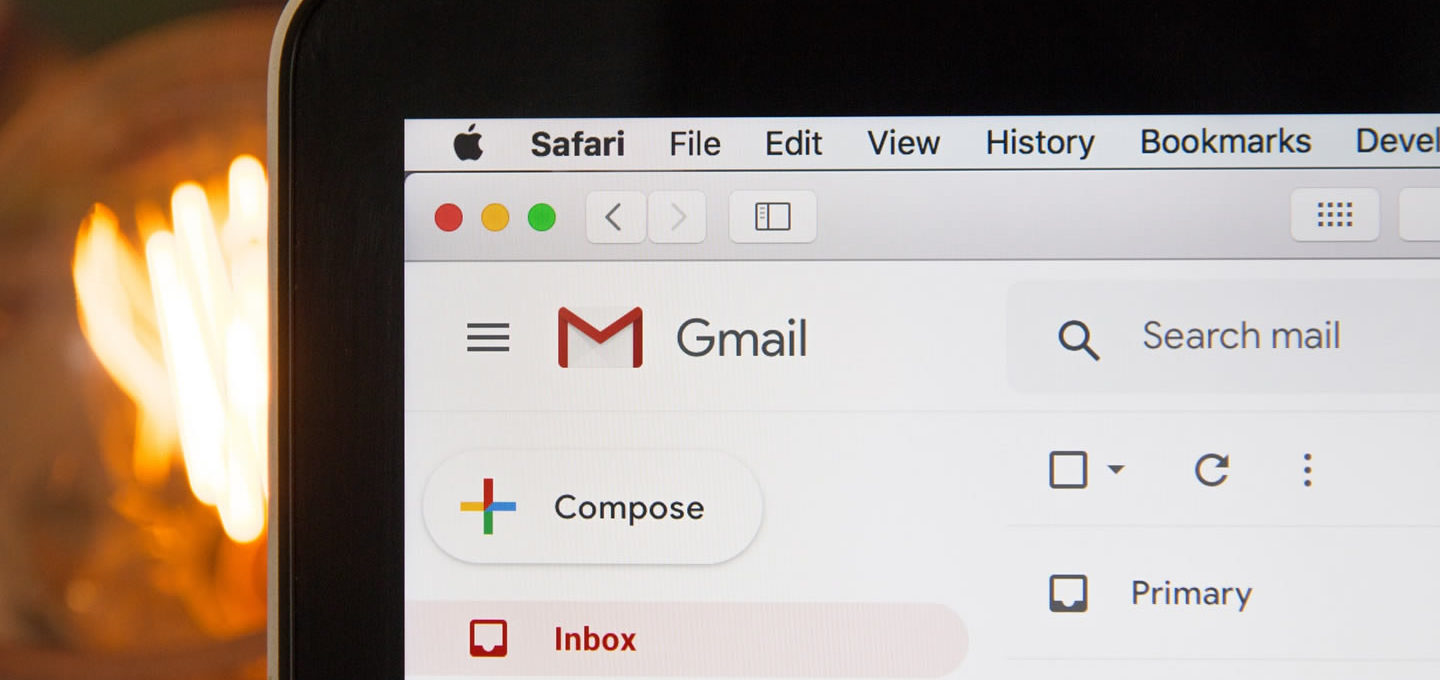Over 300 billion emails are sent around the world each day, an average of 100 emails per day for every internet user around the globe. If you want your message to get opened and stand out amongst the noise then your email needs to be unique, personalised, and engaging from the subject to the closing line.
Recent stats show that simply personalising the subject line of an email can increase the open rate by as much as 26 per cent, and if you combine that with other personalisation throughout the message that really speaks to the customer, then you will have emails that convert. And when you are talking about personalisation for email, you are talking about mail merge.
Here are three ways mail merge can both save you time and improve your email response rates.
1. Use multiple merge tags to make the email personal
When most people think of mail merge they imagine simply customising the opening to an email with the customer’s first name along the lines of “Hi Sarah, I am excited to tell you about…”. This is better than the generic “Hi”, but in today’s competition for inbox attention personalisation needs to be deeper and more immediate.
Firstly, you can put the customer’s name right in the subject line. “Save 10% on our products today” might be interesting, but we all get dozens of discounts every day. Instead, something along the lines of “Don’t miss today’s sale Sarah – 10% off inside” demonstrates that you already have a connection with the customer from the first scan of that subject line.
Beyond personalising the subject and opening line with the customer’s name, other personalisations include adding information about the customer’s location or birthday, such as noting that an item will still arrive before their birthday or will be available at their local store on a specific date. Mail merge helps you leverage customer data for personalisation and it is critical to improving open rates and email engagement.
2. Different emails for different customers
Businesses have different groups of customers. Some will have different levels determined by total spend, others by location, or it could be length of time as a customer. However these groups are determined, advanced mail merge techniques will let you send an entirely different email depending on the group.
For example, there might be a standard email going out to all customers about an upcoming sale starting Monday next week with 20% off, but at the same time VIP customers could get an email saying that for them the sale starts on Sunday with 25% off – encouraging them to get their purchases done before the masses.
Another variation could be that by merging tags based on the gender of the customer, the images in the email could change to show men graphics form the menswear sale and women graphics from the womenswear collection. You do not need to create separate lists for these different groups of users, as you can simply target them separate and merge in the relevant information or graphics to make sure the messaging hits the right notes.
Configure defaults so nobody feels left out
For mail merge to work you need to collect the right information about your users. If you run a store that collects this information on previous buyers then the information should be relatively complete, but there will always be occasions where some information will be missing on some users. And the easiest way to lose the interest of a customer is to show them that the message is not really personal by sending something starting with “Hi *|NAME|*”.
To avoid these embarrassing situations, it is critical that you set up defaults for every merge tag that you are using within an email. This could be to have the name defaulting to something like “music lover” or “fashionista” depending on the business that is still chatty in tone even if not too personal. Or for a graphic that either shows men’s or women’s clothes the default could be a graphic that shows some of each. Again, these defaults are not ideal as they lose the personal touch, but they are a lot better than seeing a tag code in the body of the message!

